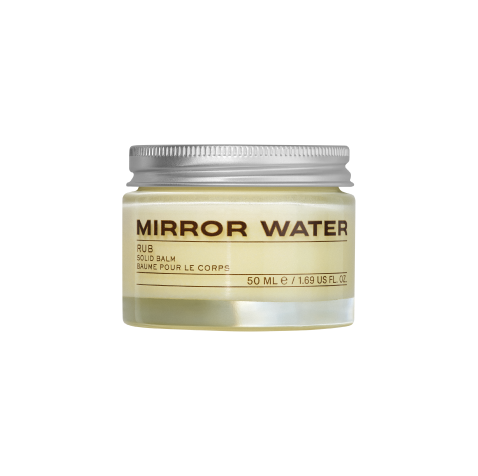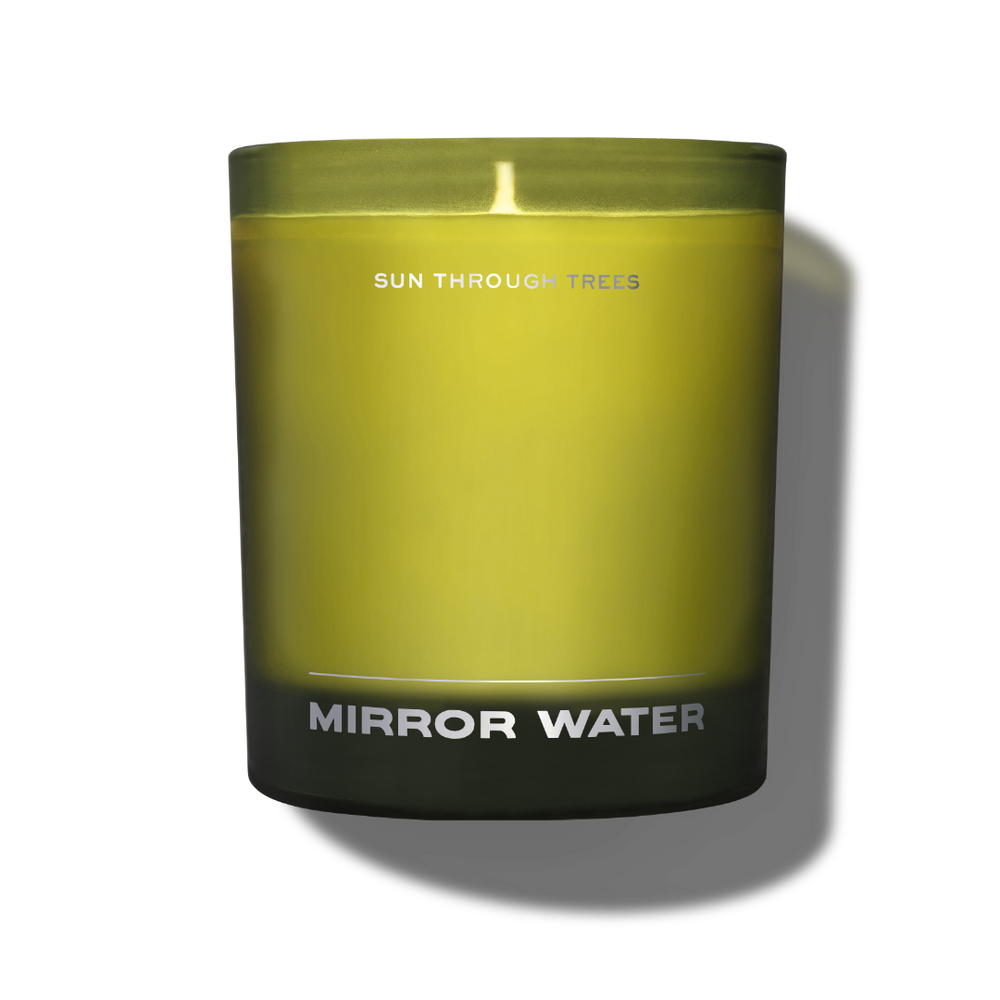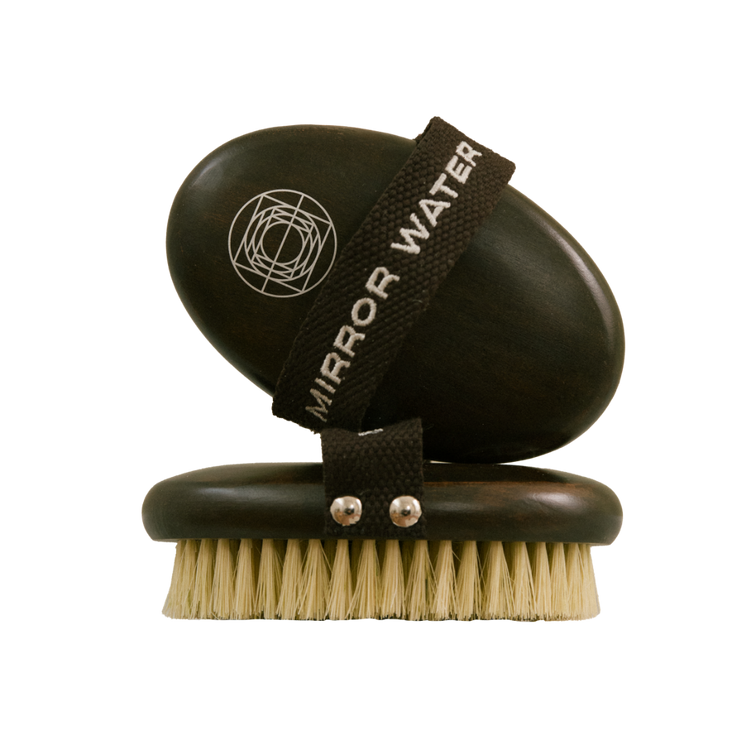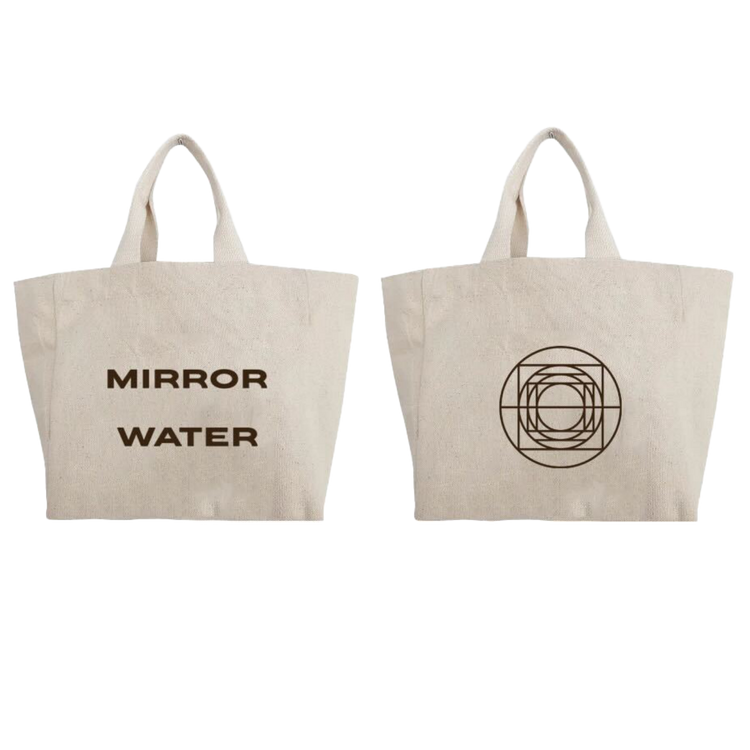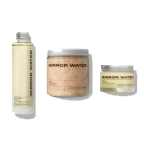Add order note

MIRROR WATER Deep Dive into Bathing History - Thalassotherapy
At MIRROR WATER we believe that bathing is an enjoyable and beneficial tool in your personal arsenal of wellbeing rituals. Bathing is a treat for your skin, your muscles and your mind. But there isn’t only one way to bathe—bathing has been a central feature of human life for thousands of years and different practices have developed around the world to address various concerns and to make use of local ingredients. In this new series, we will learn from different cultures and eras by conducting a deep dive into different types of bathing. For our first piece we wanted to look at water itself, so topic number one is thalassotherapy.


"From the Greek ‘thalassa’ or ‘sea’, thalassotherapy"
Thalassotherapy is premised on the power of the sea. From the Greek ‘thalassa’ or ‘sea’, thalassotherapy harnesses the therapeutic properties of seawater, products of the sea such as seaweed, and seaside climates.
The practice of thalassotherapy is believed to date back several centuries, if not millennia, and researchers believe that it was popular with ancient Roman communities alongside their well-known use of thermal bathing. Thalassotherapy is documented among Benedictine monks in northern Portugal in the 18th century, when the monks reportedly shared their learnings with local farmers. In the 19th century, public saltwater baths became popular, with accompanying thalassotherapy treatments being developed in the French coastal towns of Brittany. This area remains a prominent destination for thalassotherapy, as does the Dead Sea region.
"Seaweed is excellent for hydration"
The benefits of thalassotherapy largely fall under the categories of skin health and personal wellbeing. With regard to the skin, seawater contains a far higher concentration of minerals than tap water or even river water, which is why seawater can address both topical and subcutaneous inflammation such as eczema, arthritis, allergic reactions, or muscular aches. Since this kind of bathing involves such natural elements, thalassotherapy is celebrated as a low risk way to improve skin and muscle health.
Other sea elements are used to treat the skin too; seaweed wrapping is a common thalassotherapy treatment, where the body is either wrapped with whole strands of seaweed or is coated in a seaweed paste. Seaweed is excellent for hydration because the water that it retains contains sea minerals and also because seaweed collagen is a natural source of hyaluronic acid, and such hydrating properties means that seaweed is associated with skin plumping and therefore rejuvenation. Seaweed is often used in combination with mud treatments, where mud is said to tighten and tone, thus complementing the plumping effects of seaweed. Mud from the Dead Sea is also antimicrobial, thus making it an effective way to treat acne.


"Sea vegetables such as samphire and purslane can be consumed when fresh, dehydrated or powdered"
In terms of wellbeing, seaweed and other sea vegetables such as samphire and purslane can be consumed when fresh, dehydrated or powdered as sources of vitamins, minerals, antioxidants and fatty acids. In the same way that not all mushrooms are edible, not all seaweed is suitable for consumption and must be gathered by a qualified shore forager.
Perhaps the most interesting wellbeing element of thalassotherapy is the use of sea fog. Climate therapy or climatotherapy involves relocating to a different climate where different altitudes and temperatures can aid health and wellbeing. The air is rich with salt, which means that being in a seaside climate and naturally breathing in the sea air throughout the day can aid the respiratory system. If you have ever spent a day by the sea and felt that you can breathe deeper, you might have experienced this.
Let’s also not underestimate the calming effects of simply being by the sea. Seawater, sea products and sea air are all beneficial for the body in different ways, but the calming sounds of the sea and the sensations of water and sand are surely a significant experiential element of any thalassotherapy treatment as well, not to mention the novelty of being in a different environment if we’re accustomed to a lifestyle away from the sea.
We hope you enjoyed learning about thalassotherapy. If you have ever tried it, or if there is another type of bathing that you would like to see us explore, get in touch at @mirrorwater.earth or hello@mirrorwater.earth.

